Zika Crisis Highlights Importance of Family Planning
This article looks at countries that experienced significant Zika virus transmission and how they rate in terms of unmet need for family planning satisfied by modern contraceptive methods.
This article looks at countries that experienced significant Zika virus transmission and how they rate in terms of unmet need for family planning satisfied by modern contraceptive methods.
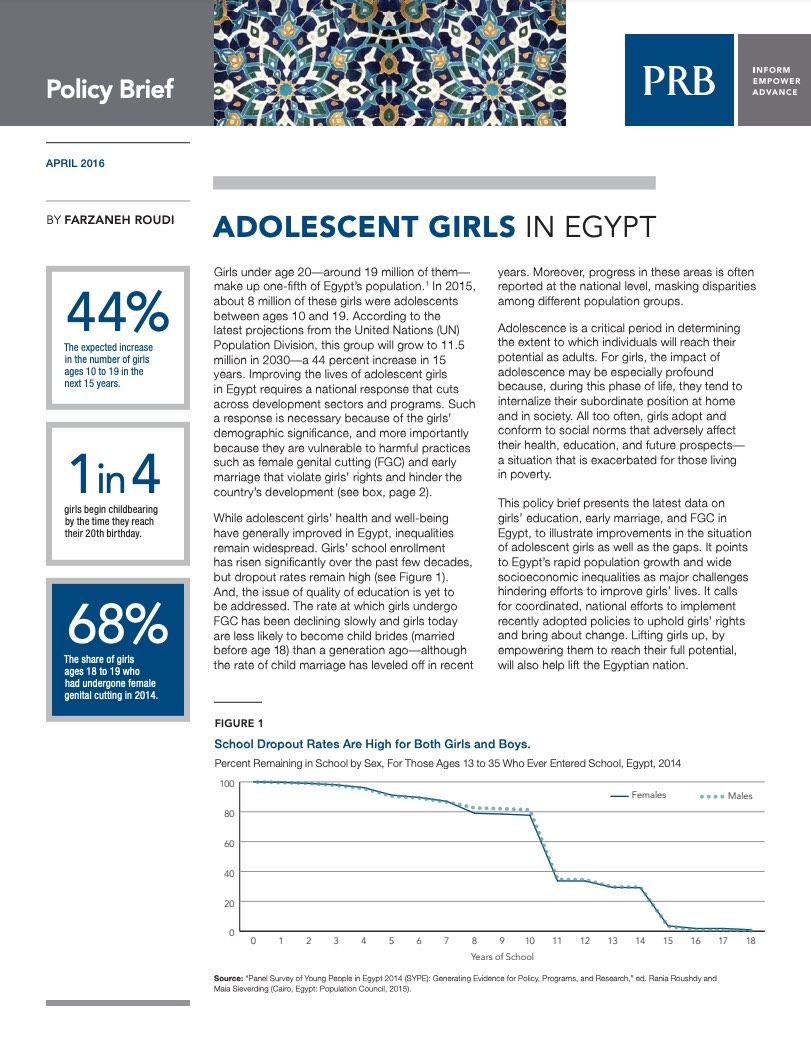
(2016) In Egypt, harmful practices that violate girl's rights are hindering the country's development and ignoring the demographic significance of adolescent girls in the country.
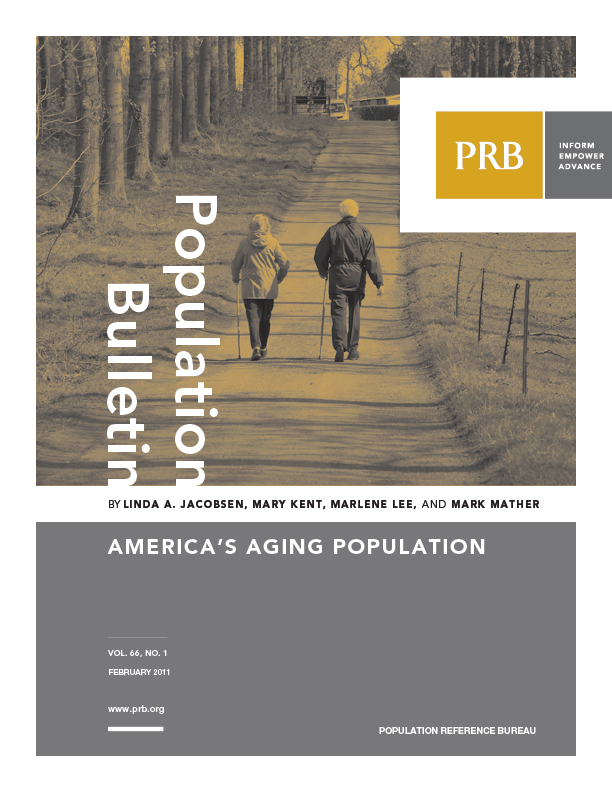
Population Bulletin, Vol. 66, No. 1: In 2011, the oldest baby boomers—Americans born between 1946 and 1964—will start to turn 65.
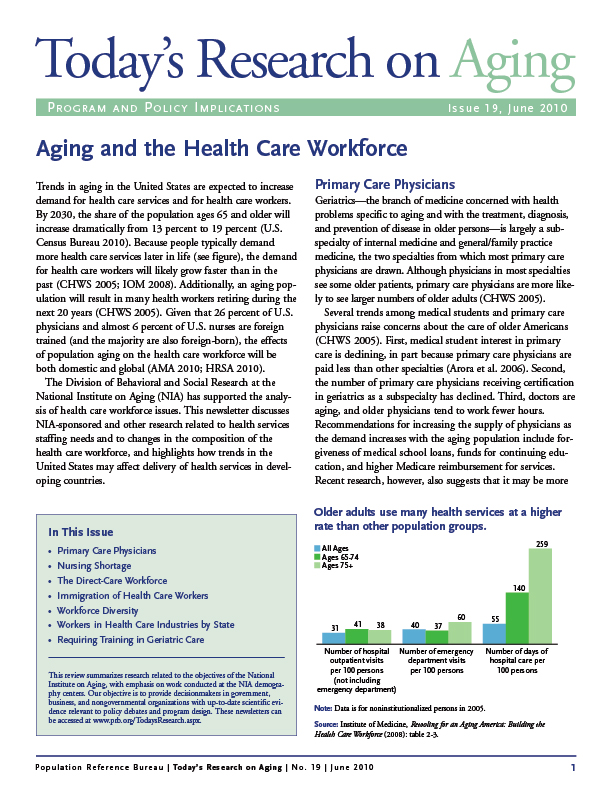
Project: Demography and Economics of Aging and Alzheimer’s Disease
(2010) Trends in aging in the United States are expected to increase demand for health care services and for health care workers. By 2030, the share of the population ages 65 and older will increase dramatically from 13 percent to 19 percent (U.S. Census Bureau 2010).
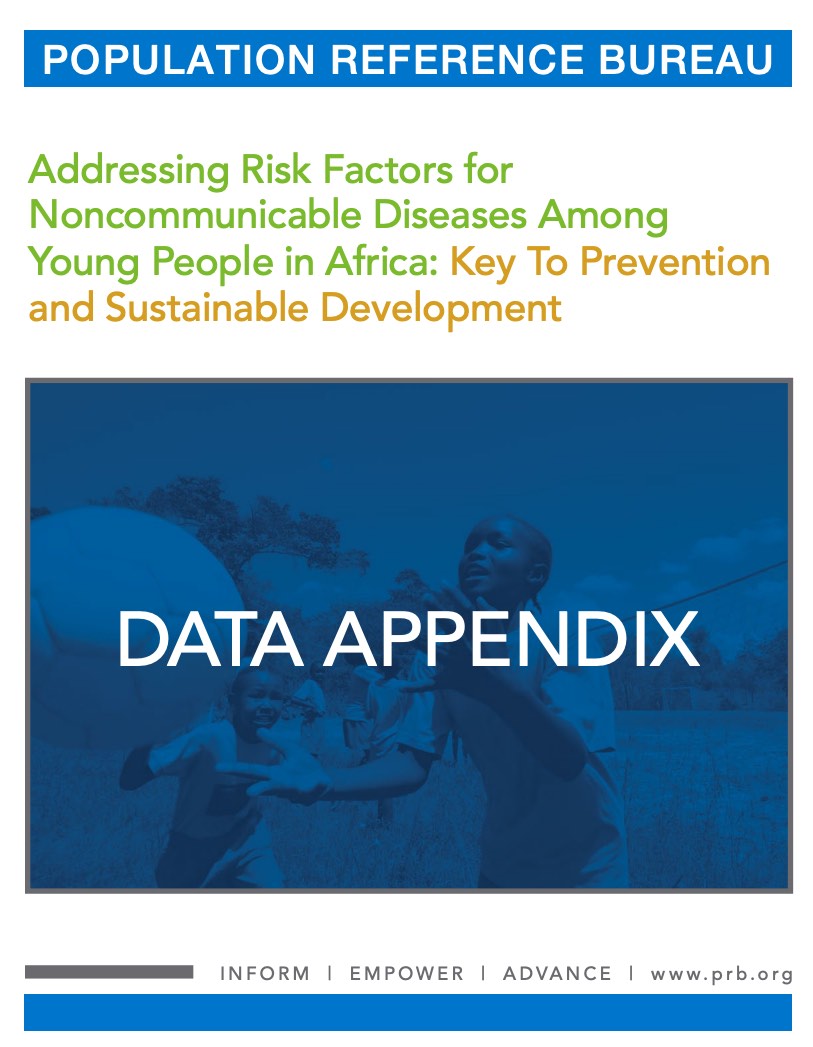
Project: Combatting Noncommunicable Disease Risk Factors in Youth
(2015) Establishing healthy behaviors among young Africans could help stem a looming regional epidemic of noncommunicable diseases like cancer, diabetes, cardiovascular diseases, and chronic respiratory conditions, according to this PRB policy brief and data sheet with comprehensive data appendix.
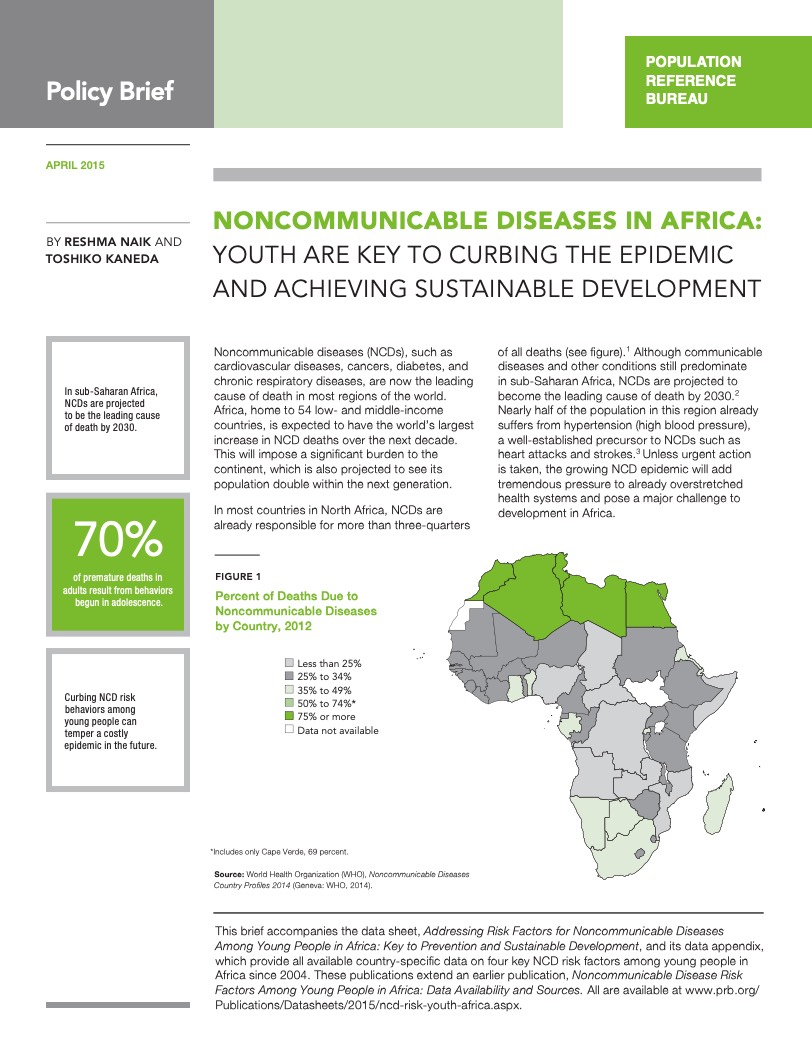
Project: Combatting Noncommunicable Disease Risk Factors in Youth
(2015) Establishing healthy behaviors among young Africans could help stem a looming regional epidemic of noncommunicable diseases like cancer, diabetes, cardiovascular diseases, and chronic respiratory conditions, according to this PRB policy brief and data sheet with comprehensive data appendix.
The Population Reference Bureau's 2010 World Population Data Sheet focuses on a rapidly aging world, highlighting many countries' pressures to care for their elderly citizens.
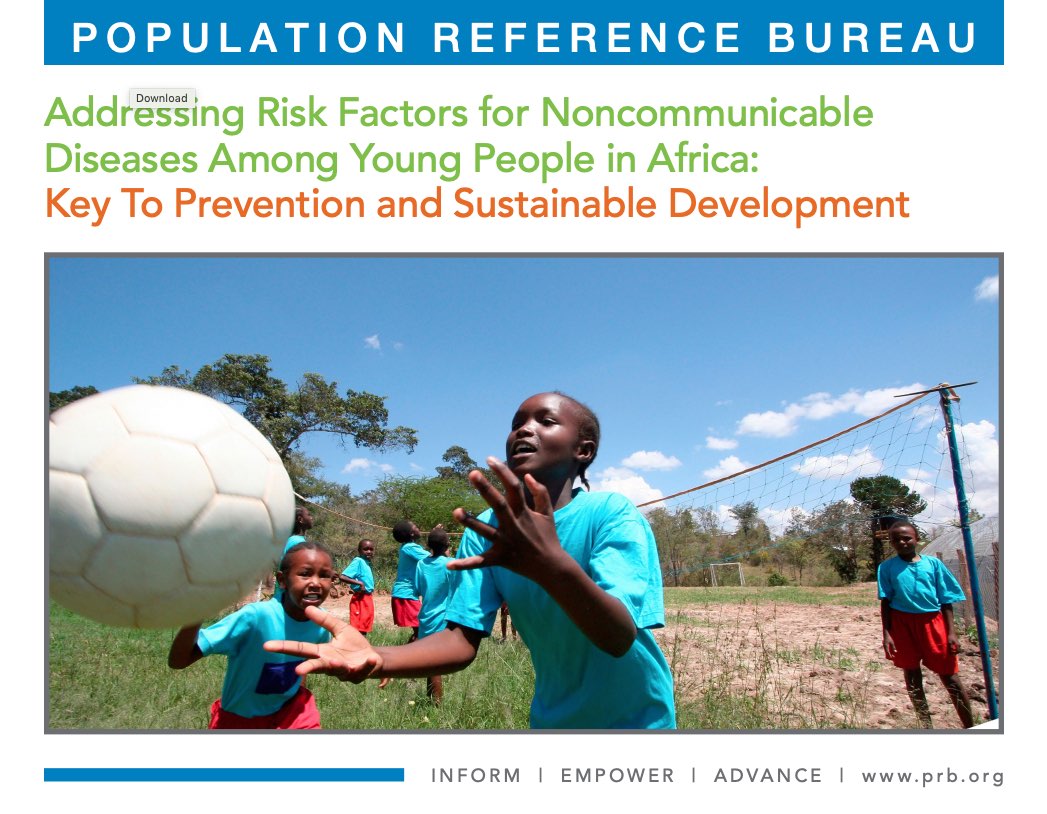
Project: Combatting Noncommunicable Disease Risk Factors in Youth
(2015) Establishing healthy behaviors among young Africans could help stem a looming regional epidemic of noncommunicable diseases like cancer, diabetes, cardiovascular diseases, and chronic respiratory conditions, according to this PRB policy brief and data sheet with comprehensive data appendix.